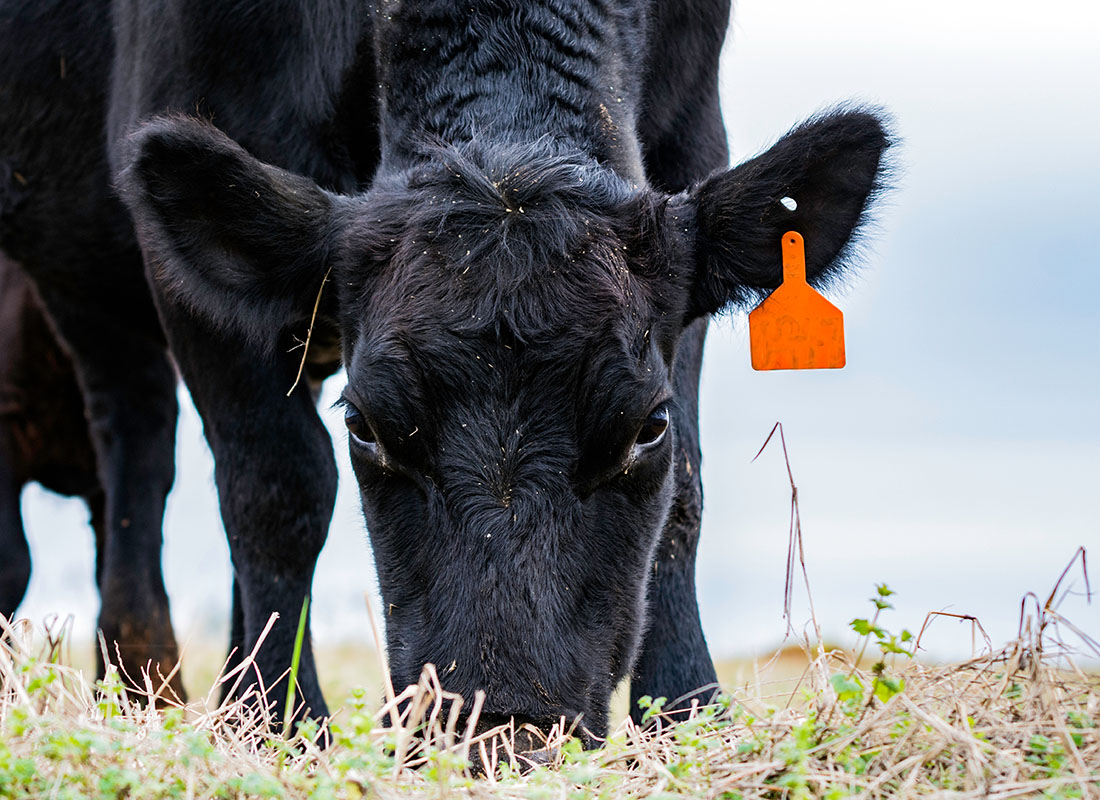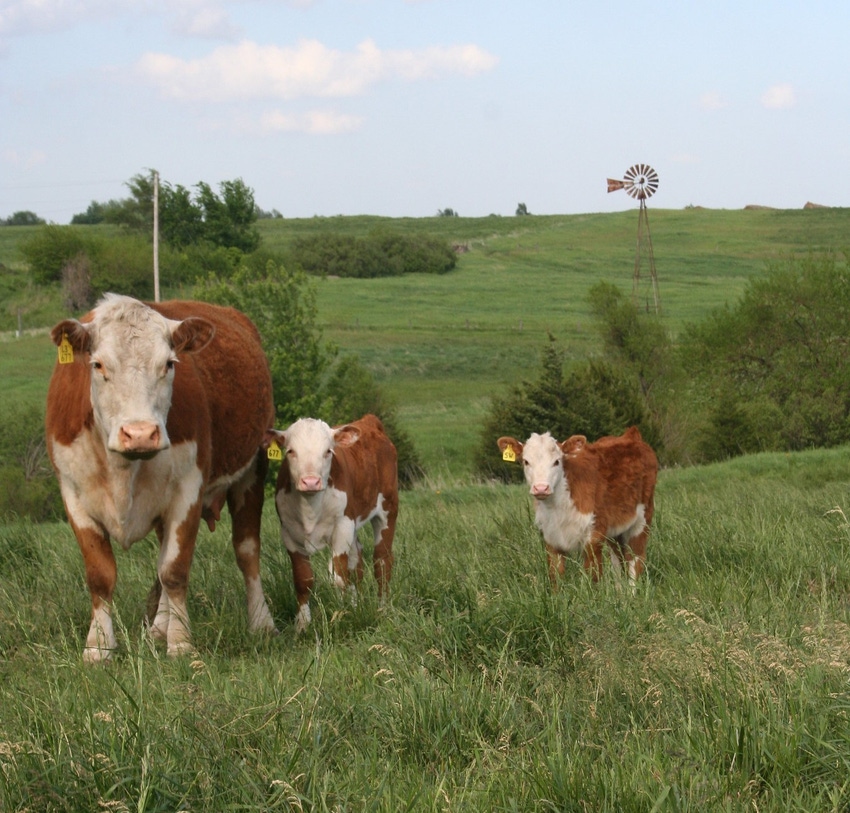Raise Your Know-how with Bagley Risk Management
Raise Your Know-how with Bagley Risk Management
Blog Article
Recognizing Livestock Danger Defense (LRP) Insurance Policy: A Comprehensive Overview
Browsing the realm of livestock danger protection (LRP) insurance can be a complicated undertaking for lots of in the farming sector. This kind of insurance coverage provides a security internet versus market fluctuations and unpredicted circumstances that might impact animals manufacturers. By recognizing the details of LRP insurance policy, manufacturers can make informed choices that might guard their operations from monetary risks. From exactly how LRP insurance functions to the numerous protection choices offered, there is much to discover in this comprehensive guide that could potentially form the way animals producers approach danger administration in their services.

Exactly How LRP Insurance Works
Occasionally, comprehending the mechanics of Animals Threat Security (LRP) insurance can be complicated, but breaking down how it works can give clarity for breeders and farmers. LRP insurance is a risk administration device designed to protect animals producers against unforeseen cost decreases. It's vital to note that LRP insurance coverage is not an income guarantee; instead, it focuses exclusively on cost danger protection.
Eligibility and Protection Options

When it comes to coverage choices, LRP insurance coverage offers producers the flexibility to choose the coverage level, insurance coverage period, and endorsements that ideal match their threat monitoring requirements. Protection degrees generally vary from 70% to 100% of the expected ending worth of the insured livestock. Manufacturers can also pick protection durations that straighten with their production cycle, whether they are insuring feeder livestock, fed cattle, swine, or lamb. Recommendations such as cost risk protection can even more customize insurance coverage to protect against negative market fluctuations. By comprehending the qualification standards and protection choices readily available, livestock producers can make enlightened decisions to take care of danger effectively.
Pros and Disadvantages of LRP Insurance Policy
When assessing Animals Risk Protection (LRP) insurance coverage, it is vital for animals manufacturers to consider the negative aspects and benefits integral in this risk monitoring tool.

One of the primary benefits of LRP insurance coverage is its capacity to provide defense against a decline in livestock prices. In addition, LRP insurance policy offers a level of adaptability, permitting manufacturers to tailor coverage levels and policy periods to suit their particular demands.
Nonetheless, there are likewise some disadvantages to think about. One restriction of LRP insurance is that it does not secure versus all kinds of threats, such as illness episodes or all-natural disasters. Premiums can in some cases be pricey, specifically for producers with big animals herds. It is important for producers to carefully examine their individual threat direct exposure and economic situation to identify if LRP insurance coverage is the right threat monitoring device for their procedure.
Understanding LRP Insurance Premiums

Tips for Taking Full Advantage Of LRP Conveniences
Taking full advantage of the click over here now benefits of Livestock Risk Protection (LRP) insurance policy requires critical preparation and positive risk monitoring - Bagley Risk Management. To maximize your LRP coverage, consider the complying with ideas:
Routinely Examine Market Problems: Keep notified regarding market fads and rate variations in the livestock industry. By keeping an eye on these aspects, you can make informed decisions about when to purchase LRP coverage to safeguard versus possible losses.
Establish Realistic Coverage Levels: When selecting coverage levels, consider your production expenses, market worth of animals, and possible threats - Bagley Risk Management. Setting sensible protection degrees makes certain that you are appropriately shielded without overpaying for unnecessary insurance policy
Expand Your Insurance Coverage: Rather than depending solely on LRP insurance, consider diversifying your risk management strategies. Combining LRP with various other threat monitoring devices such as futures contracts or choices can offer extensive coverage against market unpredictabilities.
Testimonial and Readjust Coverage Routinely: As market conditions change, periodically review your LRP insurance coverage to guarantee it aligns with your existing danger exposure. Readjusting protection levels and timing of acquisitions can help maximize your risk protection method. By following these tips, you can optimize the benefits of LRP insurance policy and secure your livestock procedure against unexpected risks.
Final Thought
Finally, animals threat protection (LRP) insurance coverage is a valuable tool for farmers to manage the monetary threats connected with their animals procedures. By comprehending exactly how LRP functions, qualification and protection alternatives, as well as the advantages and disadvantages of this insurance coverage, farmers can make enlightened decisions to safeguard their resources. By thoroughly taking into consideration LRP costs and executing approaches to optimize advantages, farmers can mitigate prospective losses and make sure the sustainability of their procedures.
Livestock manufacturers interested in obtaining Livestock Danger Protection (LRP) insurance policy can discover a range of qualification criteria and protection choices tailored to their certain animals procedures.When it comes to coverage choices, LRP insurance offers producers the versatility to pick the insurance coverage level, coverage period, and endorsements that finest fit their threat management requirements.To understand the ins and outs of Animals Risk Security (LRP) insurance coverage fully, recognizing the aspects affecting LRP insurance coverage costs is essential. LRP insurance premiums are established by different elements, including the insurance coverage degree picked, the expected cost my link of animals at the end of the coverage period, the kind of animals being insured, and the length of the insurance coverage duration.Evaluation and Change Coverage Routinely: As market problems change, periodically evaluate your LRP coverage to guarantee it lines up Website with your present danger exposure.
Report this page